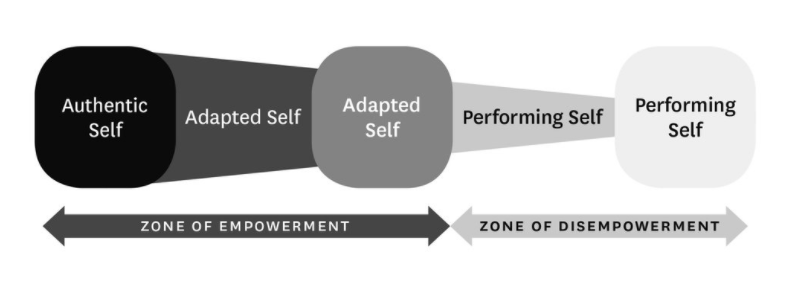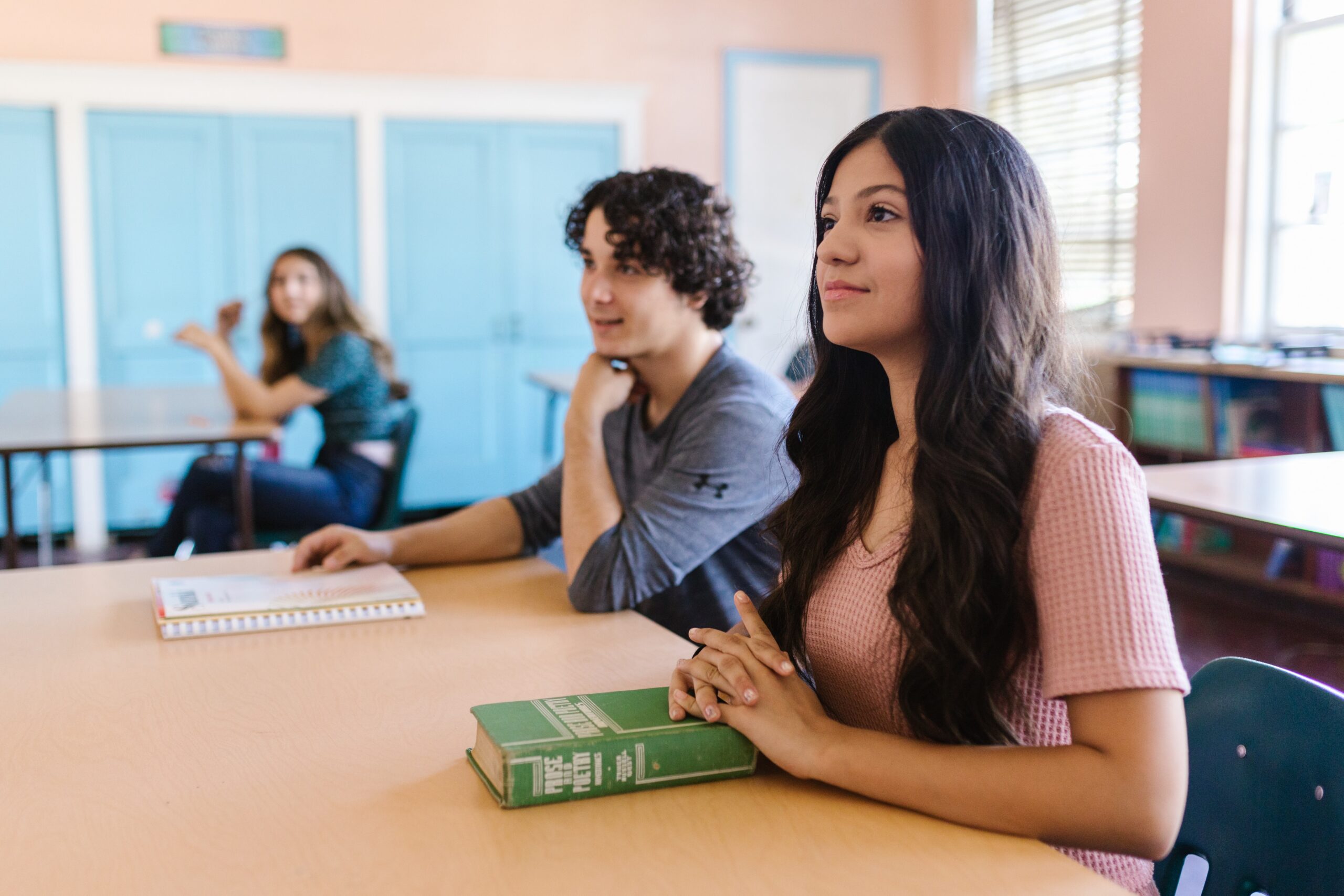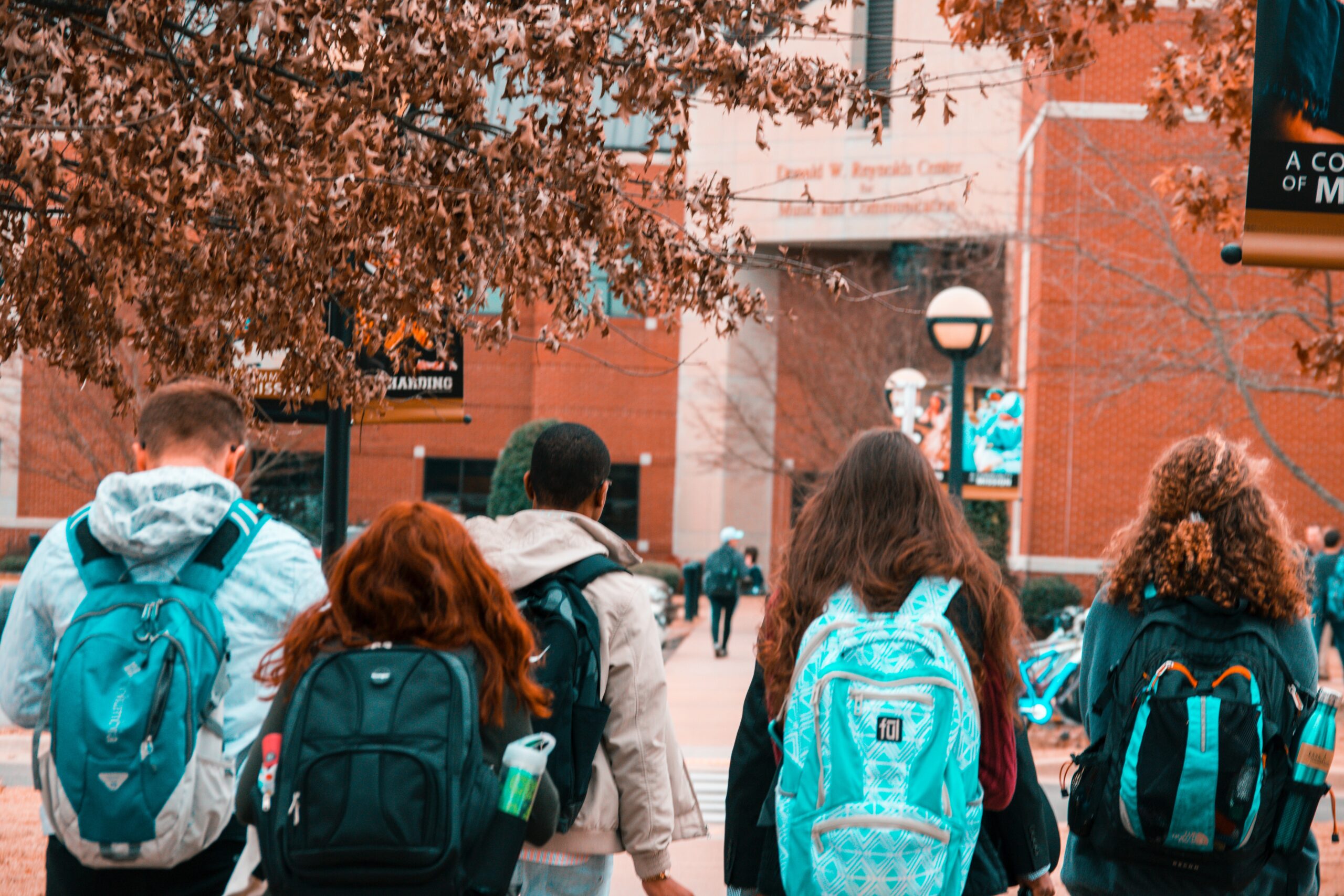
How To Help Your Virtual Students Stop “Fitting In” and Start “Belonging” in Your Classroom
By: Andrew McPeak
You’ve probably had something like this happen in your classroom this year. You work hard to have fun with your students. You create interesting and fun assignments for them, and you think it’s going well. Then something happens. A student says something harsh like, “I hate this class,” or a parent contacts you to tell you that his child is really struggling with anxiety before logging into class. You wonder how this happened. You’ve worked so hard.
As it turns out, the problem may not be something you’ve done. It might instead be something your students are not feeling: belonging.
Research is being done to show how there is a vital difference between belonging and fitting in. Often when we think we are creating a sense of belonging in our classrooms, we are accidentally encouraging increased isolation and artificial behavior.
Brene Brown, a leading researcher of the psychology behind vulnerability and trust, describes belonging in her book The Gifts of Imperfection.
“A deep sense of love and belonging is an irreducible need of all people. We are biologically, cognitively, physically, and spiritually wired to love, to be loved, and to belong. When those needs are not met, we don’t function as we were meant to. We break. We fall apart. We numb. We ache. We hurt others. We get sick.”
I’m sure I don’t need to tell you how important belonging is to a student functioning well in the classroom, yet at least with the teachers I’ve spoken to, there is an increasing number of students who feel isolated instead of included in the classroom. The reason is simple: It’s hard to build relationships (let alone belong) in a virtual or hybrid classroom. How are you supposed to connect with your students when they are all on a screen? In a hybrid classroom, how do you connect with the student in front of you when there are virtual students feeling neglected online as well?
Luckily for us, there is a framework to lean on that can provide direction as we try to create a healthy environment for the natural development of belonging. Creating an authentic classroom isn’t about creating some kind of raw environment where students can say whatever they want whenever they want. Creating belonging is instead about helping them understand themselves and understand the needs of others around them at the same time.
How Belonging Is Created from Self-Management
In her book The Authenticity Principle, author Ritu Bhasin lays out a framework for balancing authenticity and self-improvement, which can serve as a guide for us as we lead our students. In the image below, you can see that she outlines three “selves” that each of us moves between in our various interactions with others throughout the day. The trick is to help move students toward the middle.

Photo via The Authenticity Principle
In Bhasin’s framework, each part can be understood like this:
- “The Authentic Self is an expression of your core values, beliefs, needs, desires, thoughts, emotions, and traits — and how you would behave if you didn’t fear the consequences of your behavior. This is the truest reflection of who you are.”
- “On the opposite end of the spectrum is the Performing Self. This is who you are when you feel like you don’t have a choice but to conform or mask aspects of your true self. It’s the carefully constructed persona that you project to protect against what you fear will happen by being yourself.”
- “The Adapted Self is who you are when you make a choice to change an aspect of your behavior, in order to meet your own needs or others’ needs. When you adapt, you’re not driven by fear – you’re driven by an authentic desire to change your behavior. Because you’re making a choice willingly, it feels good to do.”
Do you notice the nuance here? While we might be tempted to believe that our authentic self is the part of us that should ideally always be on display, that isn’t always the case. My guess is you know why. We all make mistakes. We overreact. We make poor choices in moments of frustration. Being your authentic self, as Bhasin describes it above, isn’t the best choice in all circumstances.
- Sometimes we must temper our reactions to a frustrated student.
- Sometimes parents must hold on to their opinions until they know their children are ready to understand the nuance.
- Sometimes a student must say no to their wishes and instincts so that a classmate gets a chance to speak, lead a project or share an opinion.
In other words, our most authentic self isn’t always our best self for every circumstance.
The trick to helping our students find their adapted selves is helping each student make the choice to adapt by themselves. As long as restrictions — spoken or unspoken — are placed on them, the result will be performance, rather than adaptation. The decision to adapt must be made from a desire to improve, not from fear of what might happen if they don’t.
So how do we help our students realize and live out this nuance? Enter SEL.
How to Help Students Realize Their Adapted Selves
Developing social and emotional learning (SEL) competencies like self-awareness, social awareness and relationship building in students can give them a chance to recognize their deficiencies and gain awareness of the needs of others around them. If we want students to stop trying to fit in and start helping them feel a sense of belonging, we must start with the development of these kinds of skills. So, let me ask the obvious question. Are you actively taking time to build social and emotional skills in your students? Building SEL skills is the best way to start.
Along with building SEL skills, here are a few ideas to create belonging in your classroom and help your students realize their adapted selves:
- Take the time to greet each of your students personally, even in the virtual classroom. Use a technique like “Highs & Lows” where students share a good thing and a hard thing from their weeks. These kinds of check-ins can be a great way to help your students feel more comfortable in the classroom, gain a perspective outside of themselves, and recognize the emotional needs of their classmates.
- Incorporate group work into your classes as often as you can. Regularly working in groups can help build student-to-student relationships and create the opportunity for empathy, understanding and inclusion to take place. Make part of the group assignment to assess how well the group worked together.
- Have students create shout-outs or “gratitude bombs” as either letters or videos for their peers or other teachers. Challenge them to realize the contribution that others are making in their lives and learn to communicate their gratitude.
- Celebrate exceptional student work with the wider community. Recognize your students in front of as many people as you can. Especially when they display well-developed life skills like teamwork, perspective or empathy.
There are a ton of other ideas in this fantastic guide as well.
I think it’s time, even in our virtual classrooms, for our students to stop trying to fit in and to start belonging. Let’s lead them well.







